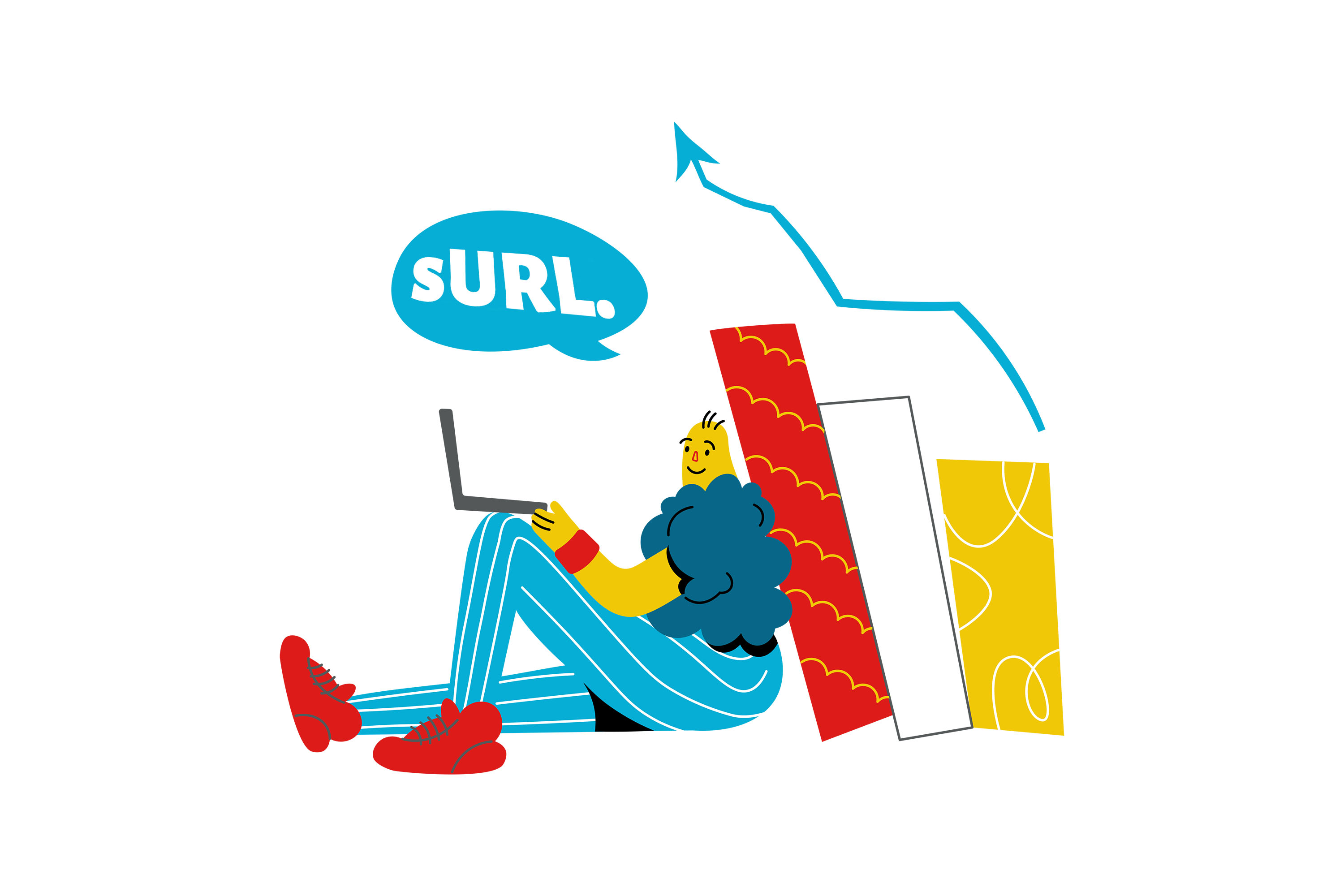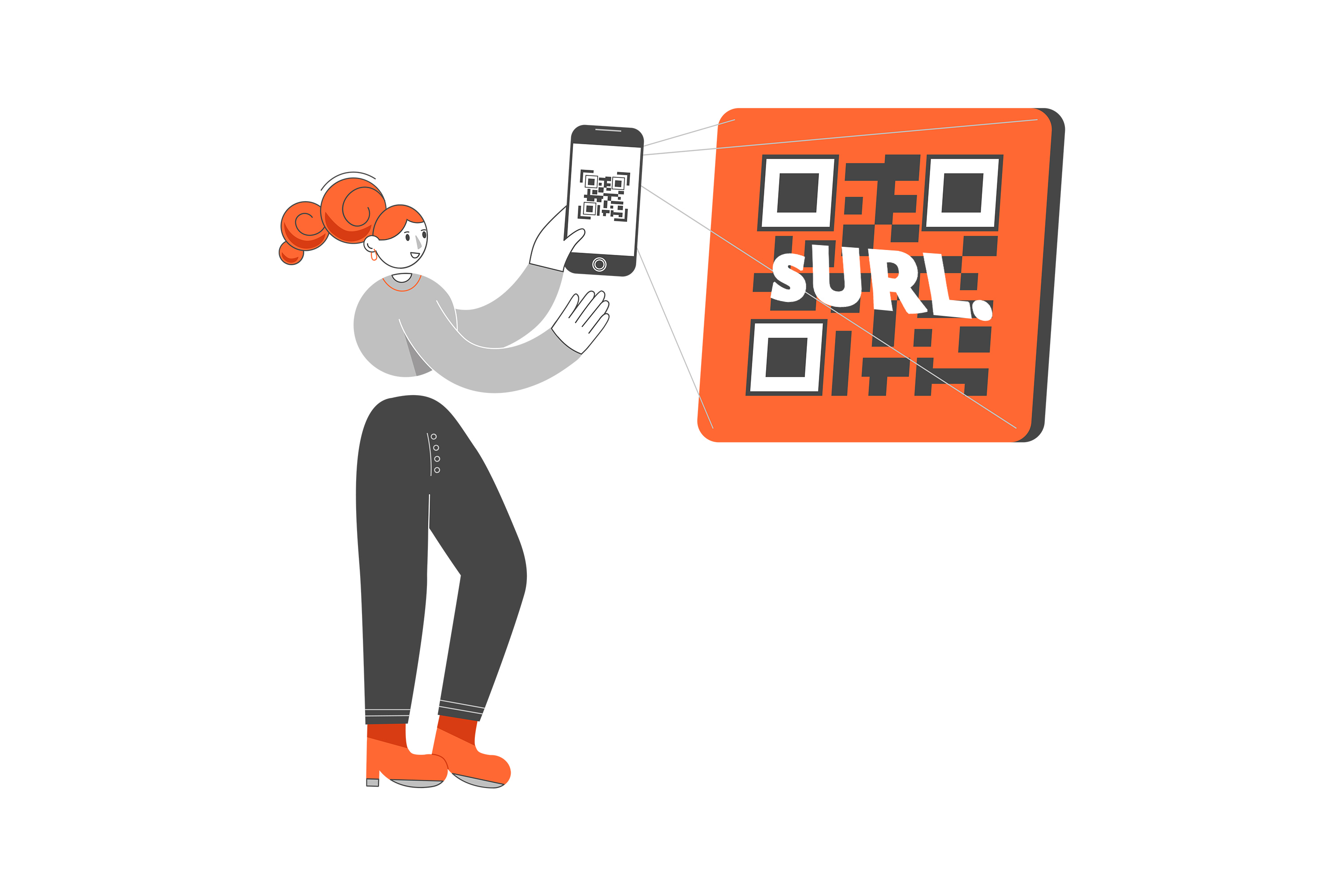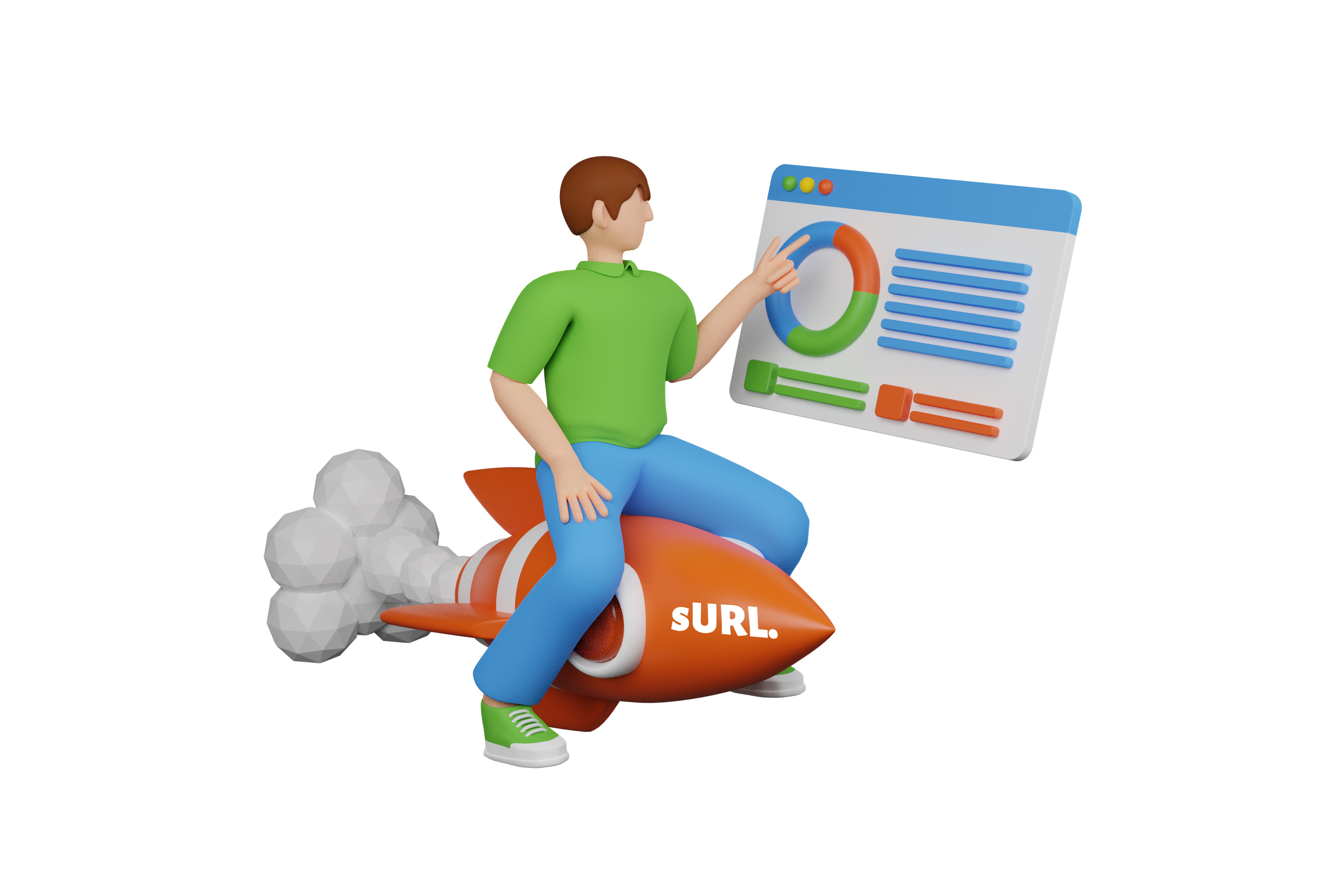What is Inbound Marketing vs. Outbound Marketing?
Inbound marketing and outbound marketing are two terms that are often used interchangeably, but they actually refer to two different types of marketing strategies. Inbound marketing is a strategy that focuses on getting your target audience to find you, while outbound marketing is a strategy that involves you going out and finding your target audience.
What is Inbound Marketing?
Inbound marketing is a term that describes the process of marketing to customers through content that they are interested in, rather than through ads or other interruptions.
It's a more effective and efficient way to connect with customers, and it's one of the best ways to build trust and credibility with them.
Inbound marketing is all about creating and sharing content that is relevant and valuable to your target audience. It's about creating content that they will want to consume, and that will help them in some way.
It's not about selling; it's about helping. And it's this focus on helping that sets inbound marketing apart from other marketing strategies.
What is Outbound Marketing?
Outbound marketing is a type of marketing that involves the promotion of products or services through advertising and other outreach activities. It is typically used to reach customers who are not already familiar with the company or its products.
Inbound vs. Outbound Marketing: A Detailed Comparison
So, what’s the difference between inbound marketing vs outbound marketing? Inbound marketing is all about creating content that is interesting and relevant to your target audience, and then making sure that your content is easy to find by using SEO techniques. Outbound marketing, on the other hand, is all about interrupting people with your message in hopes that they’ll pay attention to it. This can be done through things like advertising, cold-calling, and email blasts.
Inbound marketing is often seen as the more effective of the two strategies because it aligns with the way people actually make buying decisions. These days, people do their own research online before they make a purchase, and they are more likely to trust a company that they found on their own, rather than one that interrupted them with an advertisement.



